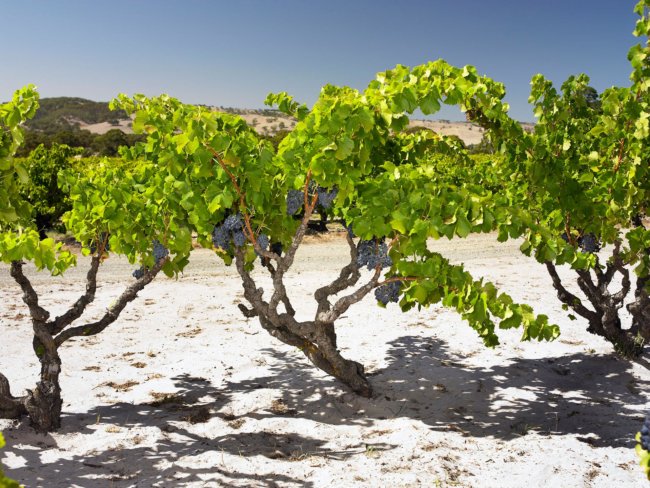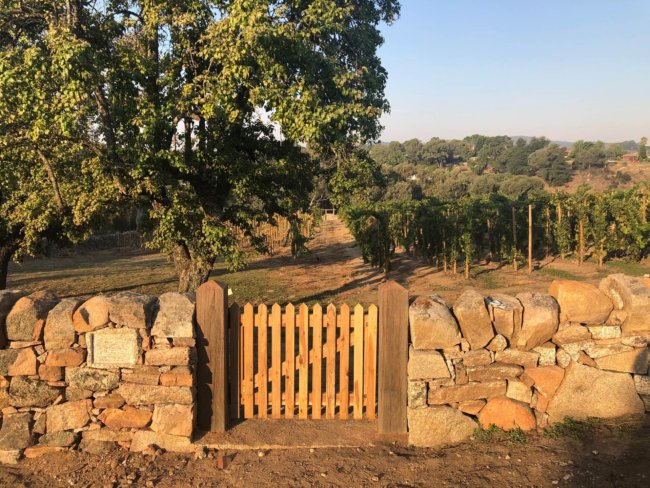Lark Hill Vineyard, Canberra District
David and Sue Carpenter’s Lark Hill Vineyard is one of Canberra’s pioneering sites, planted at significant elevation in Bungendore, 30 km north-east of Canberra. The coolness of the site precludes the region’s most planted red variety, shiraz, but it is ideally suited for riesling and other cold adapted varieties, including grüner veltliner. The viticulture has been certified biodynamic for a decade and a half, with Dr David Carpenter leading the team amongst the vines. In 2002, David and Sue’s son, Chris, joined the team, working both in the vineyard and taking the reins with the wines. The vineyard is responsible for wines under the Lark Hill Vineyard designate (they also work from their Murrumbateman vineyard, called Dark Horse, as well as sourcing some fruit for regional expressions), from sparkling wine through textural and aromatic whites to pinot noir.










